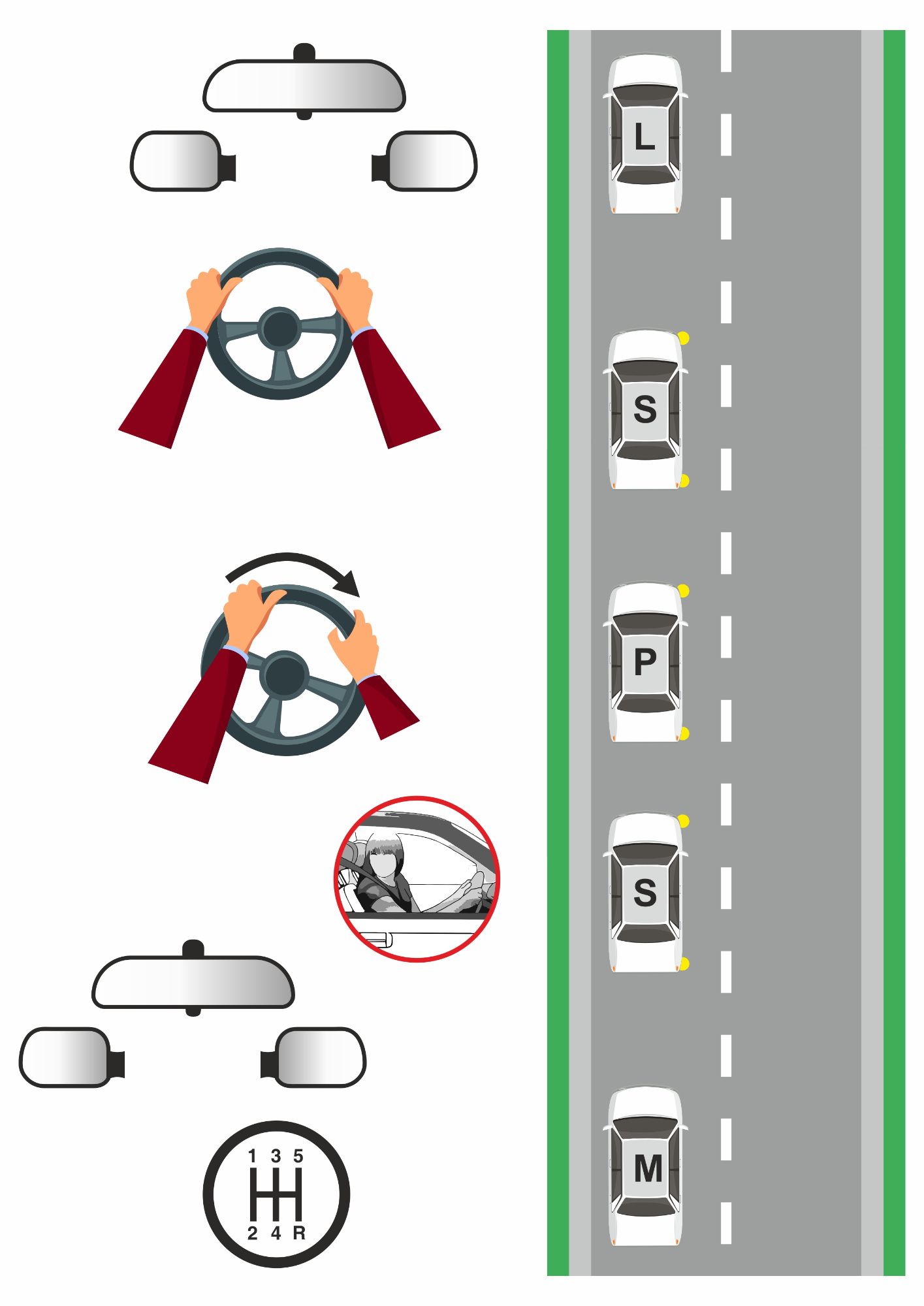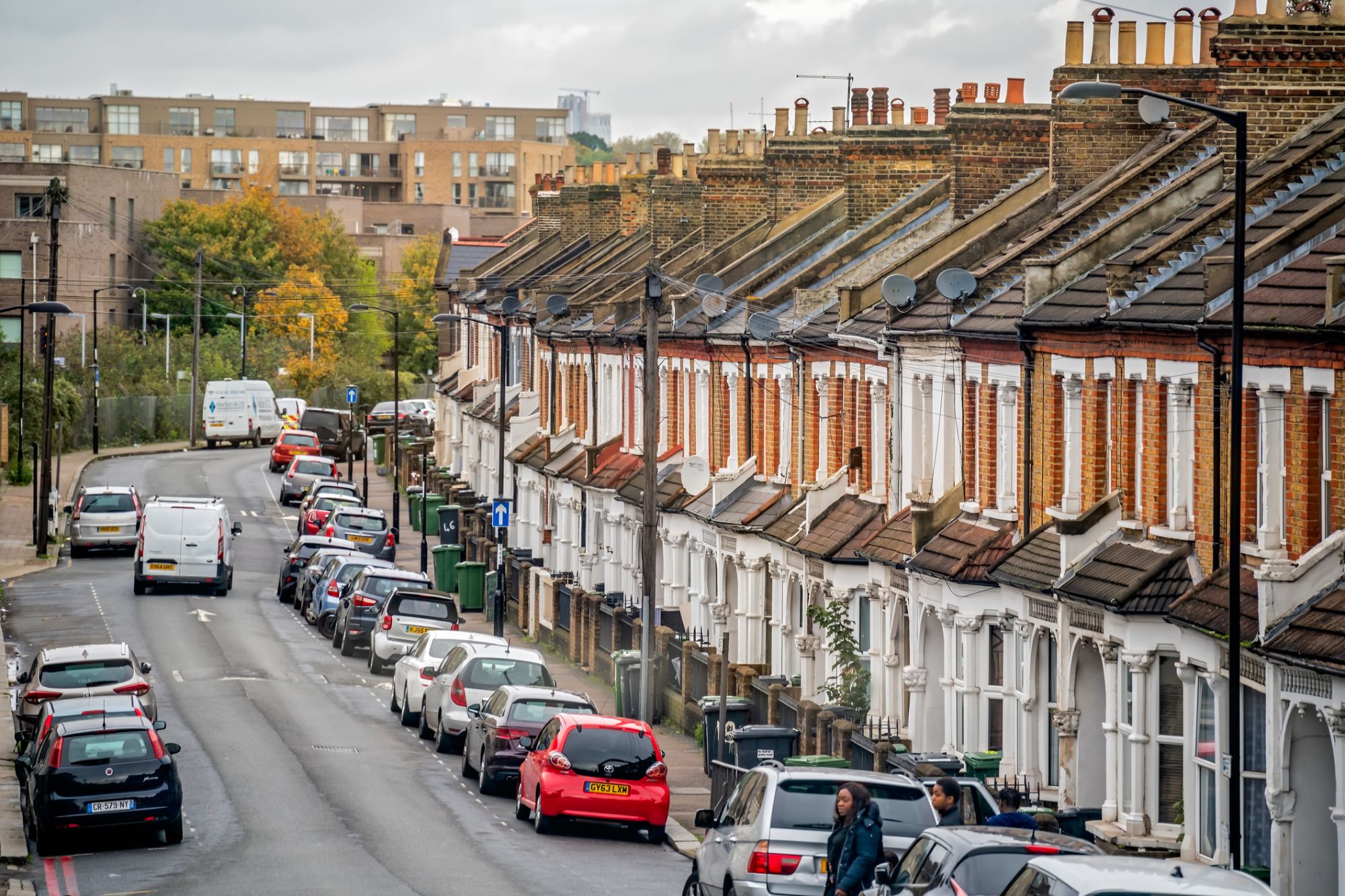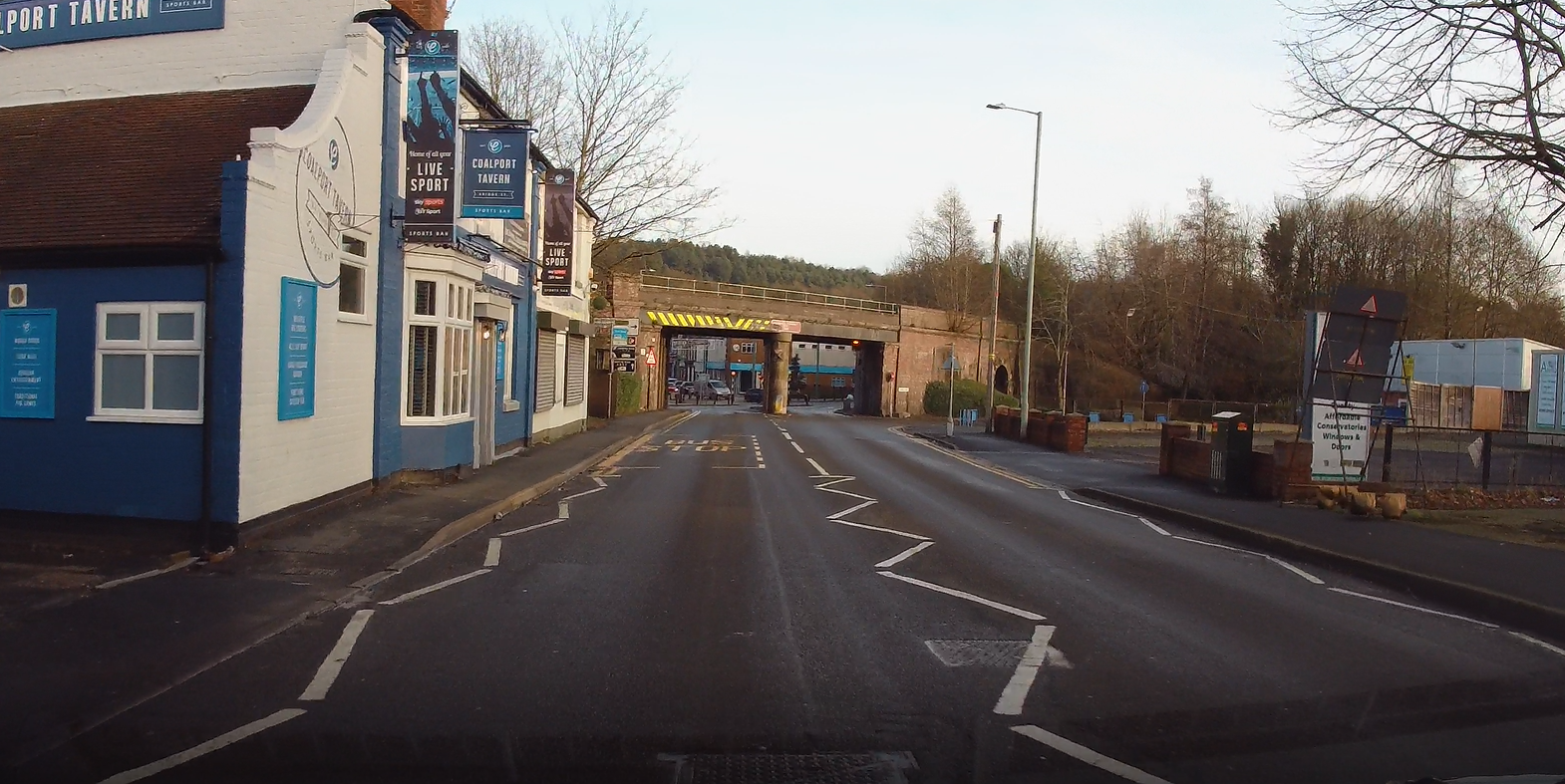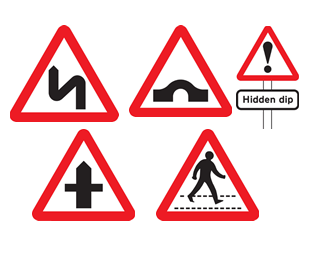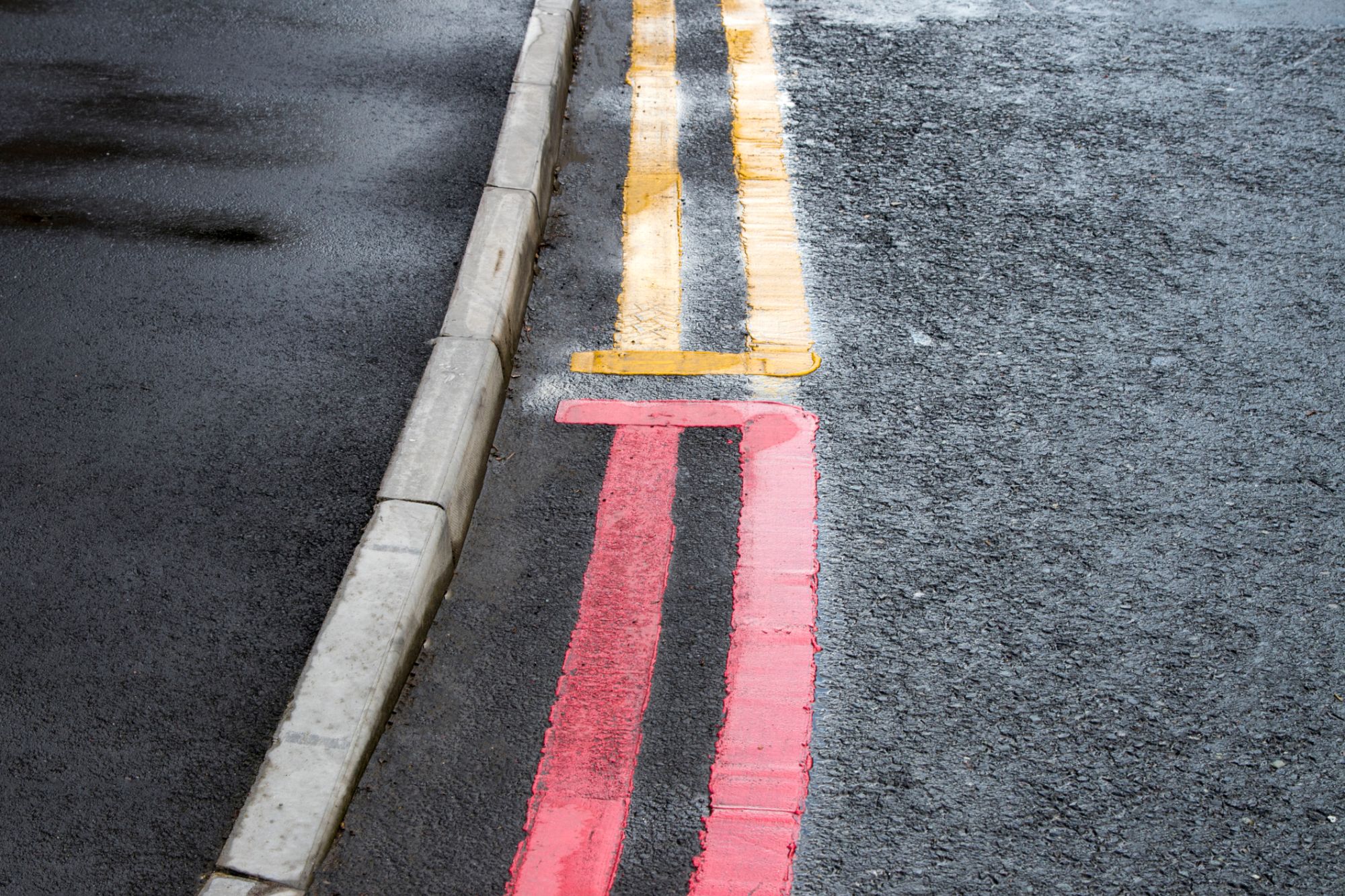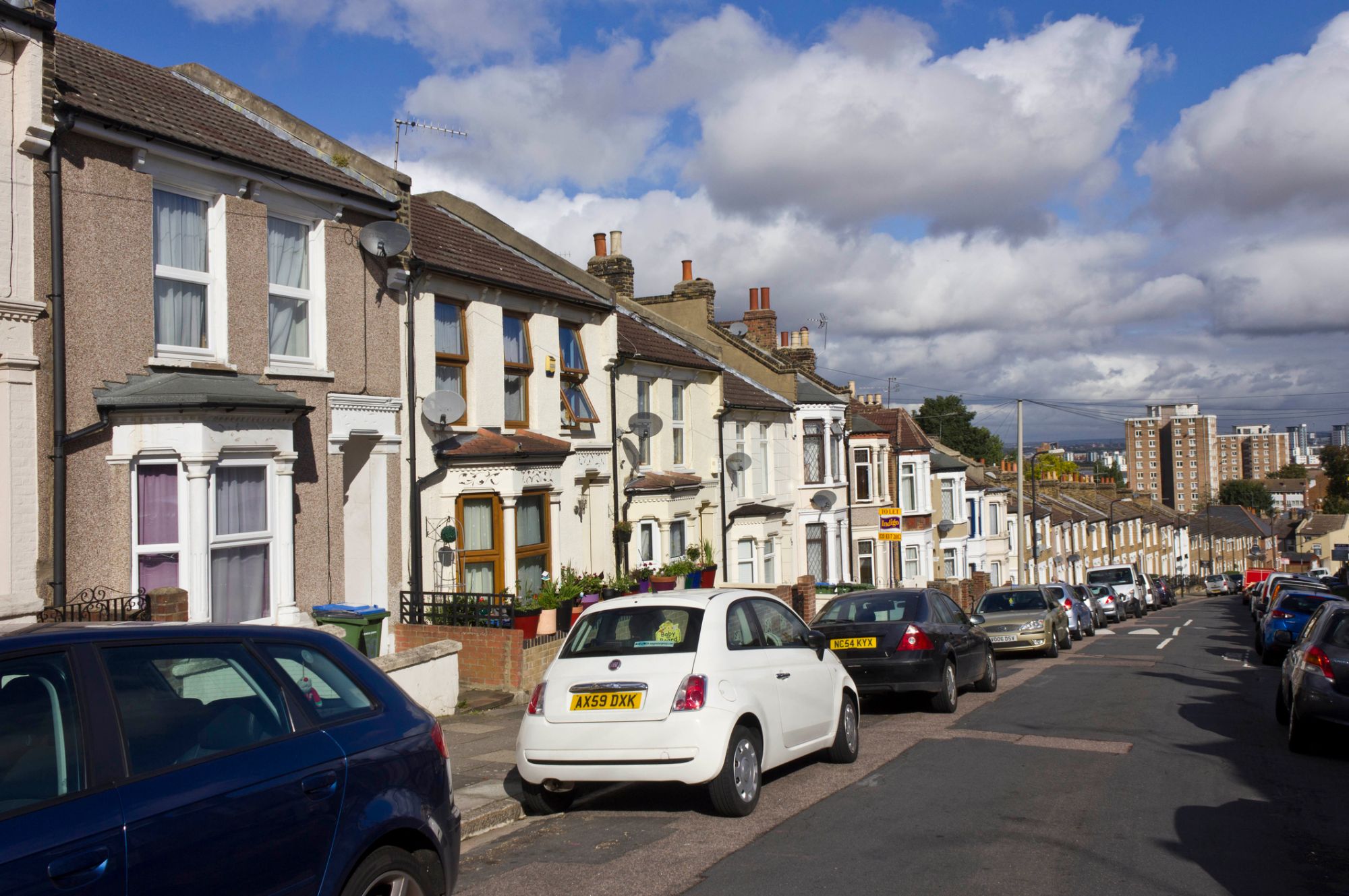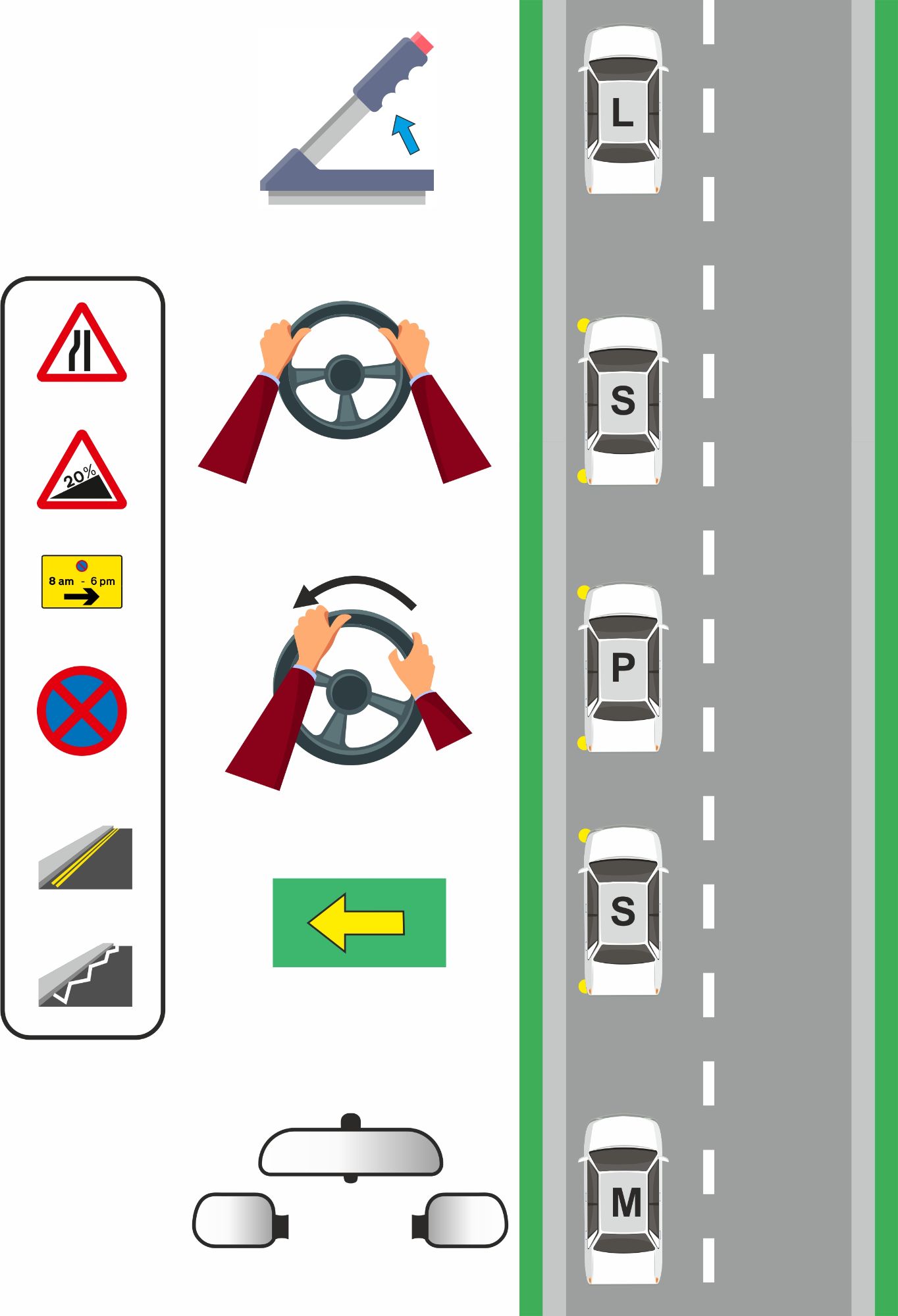Pulling Up On The Left - SCALP
Pulling Up On The Left
Pulling Up On the Left using driving routine SCALP
During a practical driving test, the requirement is the examiner asking you to park up on the left parallel to the pavement on many occasions.
Among other things, the driving test is to establish to the examiner that you have the ability to park up, next to a kerb in a safe, convenient and legal position (SCALP) and generally ensure that you are not a danger to pedestrians and other road users.
In A Safe, Legal and Convienient Place
Safe convenient and legal position
When the examiner requests that you park up, they will expect this to be in a safe location. The examiner will not trick you by asking that you park in an area that is illegal and will fail a driving test. You will also only be asked to park on the left side and not the right. You must however ensure that you park a reasonable distance from the kerb
You can park as close to the kerb as you wish, providing you do not hit it. Ensure you do not park on a sharp bend, too close to a junction that is on your side of the road or opposite a junction.
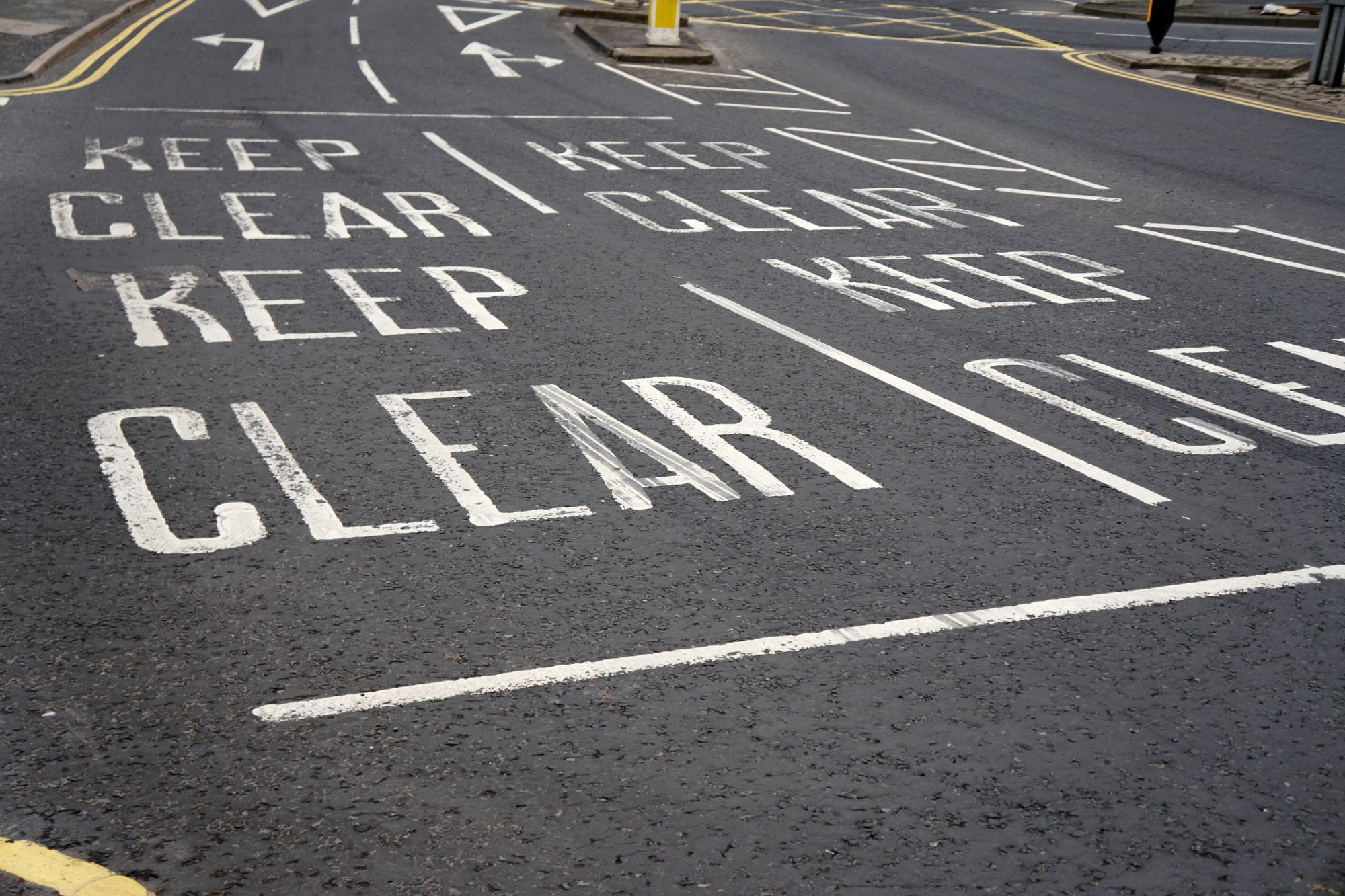
Look and Assess
Parking too close to junctions
Try and park at least 10 metres or more away from a junction if there is one on your side of the road. Parking too close to a junction reduces effective observation for vehicles exiting the junction and can make access difficult for emergency vehicles, especially fire engines.
Parking too close or opposite a junction that is on the right hand side of the road is hazardous for vehicles exiting that junction. If a vehicle is exiting this junction and wishing to turn left, their main observation will be to their right. A vehicle that is driving around you will be on the right hand side of the road heading directly into the path of the vehicle exiting the junction.
Avoid Drop Kerbs
Dropped kerb parking
Parking across a dropped kerb which gives access to property should be avoided. Dropped kerb for use of pedestrians to aid crossing roads should also be avoided
Hitting the kerb
If you happen to hit the kerb during a driving test, it depends on the severity and what you were doing at the time that will determine the outcome. Hitting the kerb certainly won’t always result in a failure.
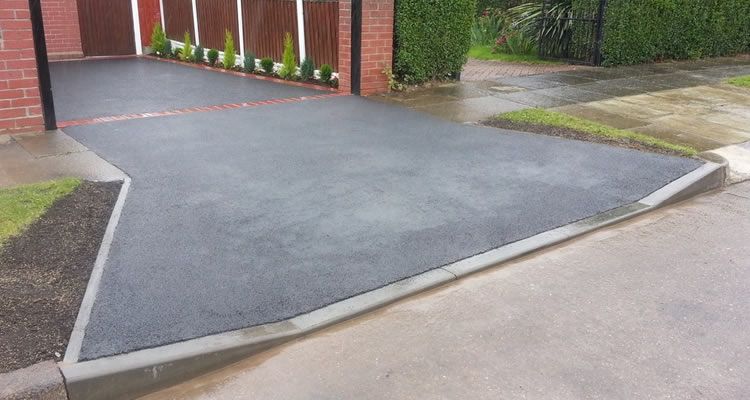
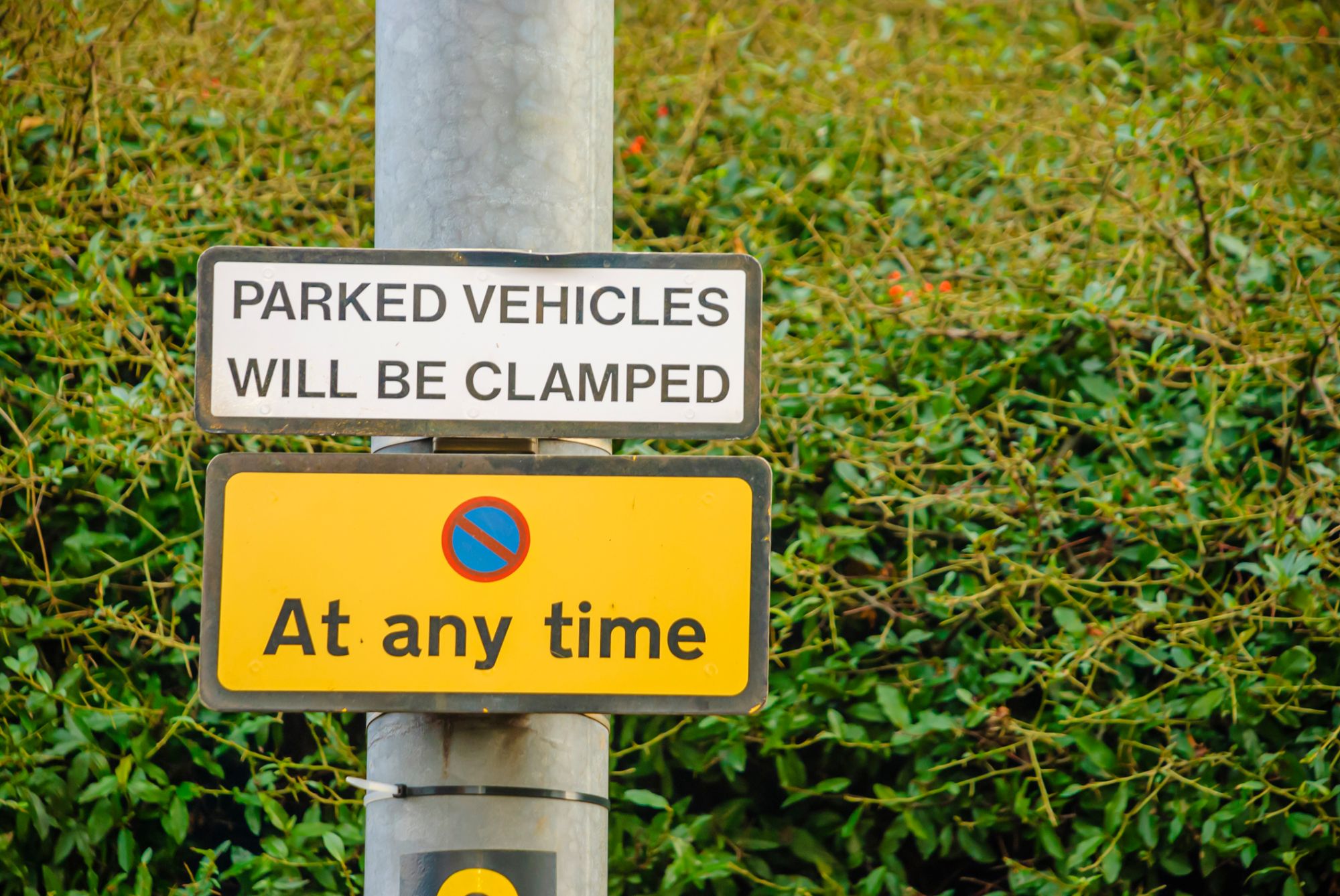
Park Legally
Park legally
When the examiner requests that you park up, it doesn’t mean that is has to be that instant.
They are simply looking that you do so safely. Take your time (within reason) to look well ahead for a good place to park.
As previously mentioned, the examiner will not trick you into parking in a prohibited area, although if you take a long time in deciding where to park, you may enter an area that is prohibited to park.
Ensure you do not park on the pavement as this is an instant test failure, keep a keen eye out for signs that prohibit parking and of course double yellow lines. Roadside parking close to the kerb is featured heavily during driving tests from all test centres. Correct kerb side parking keeping safe, in-control and accurate takes time for all learners to master.
MSPSGL
Procedure for parking next to kerb
When the examiner requests that they would like you to pull up on the left, immediately take a look into your rear view mirror.
Not so you can park, but so you know exactly what is going on around you. If there are no vehicles behind you, slow down a little to make the process easier.
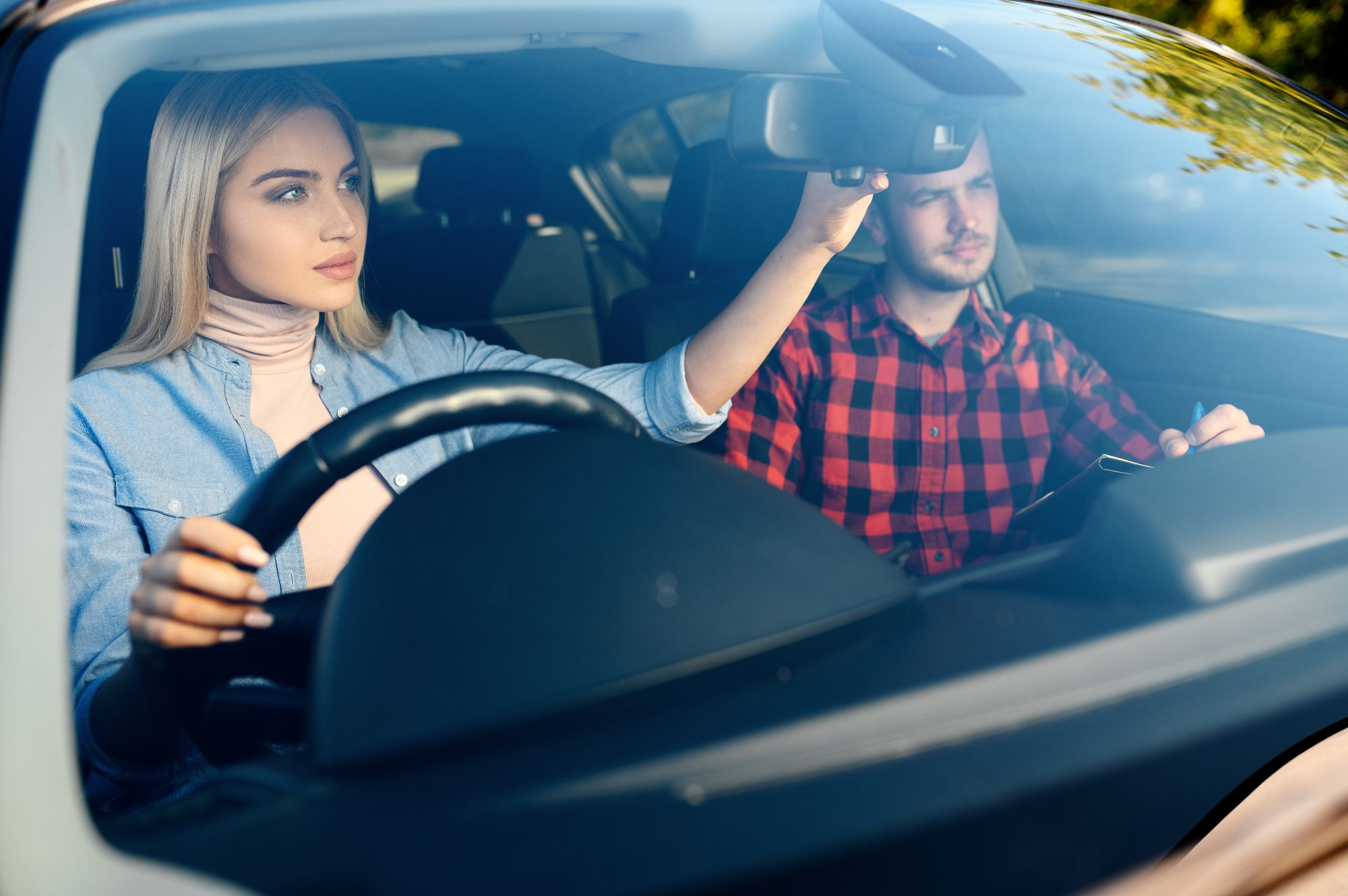
Using MSPSGL to pull up on the left
Once you have seen there are no junctions, bus stops, double yellow lines, zigzag lines or waiting restrictions, then you can do your MSPSGL routine
MIRRORS - Centre and Left
SIGNAL - Down for left
Position - Reasonably close to and level with the kerb
Speed - Begin to break bringing the car to a gentle stop
Gear - Foot covering clutch so the car doesn't stall
Look - For the car to be level with the kerb before stopping.
When its safe to Drive On
Once you have stopped the examiner will normally say "When it is safe to, please drive on"
So first its POM
Preparation - Into first gear and get the bite point
Observation - Centre and right mirror
Right shoulder Blindspot
Movement - Signal up and if its safe to release the handbrake and drive on
